
 |
|
|
#1 |
|
Member
Join Date: Dec 2004
Location: Sint-Amandsberg (near Ghent, Belgium)
Posts: 830
|
I got these from a friend.
One is without doubt a Southafrican club, probably Swazi or Zulu. Some facets were carved on the head. At the bottom, the handle has some wire decoration. Total length : 80 cm. Diameter of the head : 6 cm. The other one is new to me. My friend said he collected this piece from the Lobi in Burkina Faso. It's made out of one piece of hardwood and has a massive head. There are quite some marks on the head, so probably it has seen some use  Total length : 58 cm. The head measures 13 x 10 cm. This club weighs more than 800 grs !  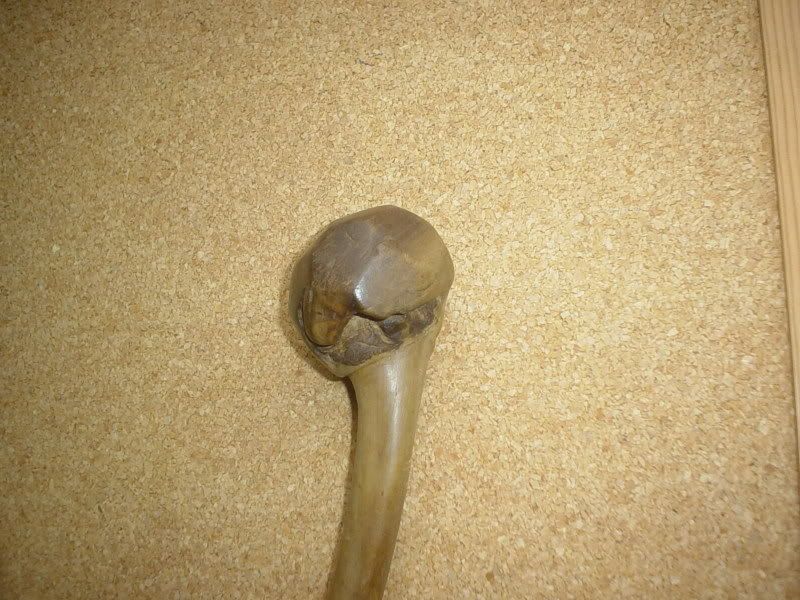  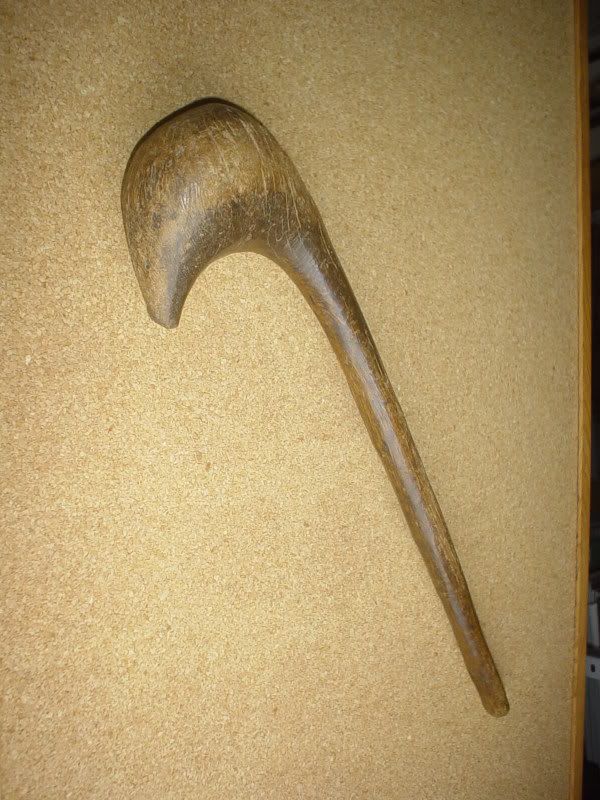 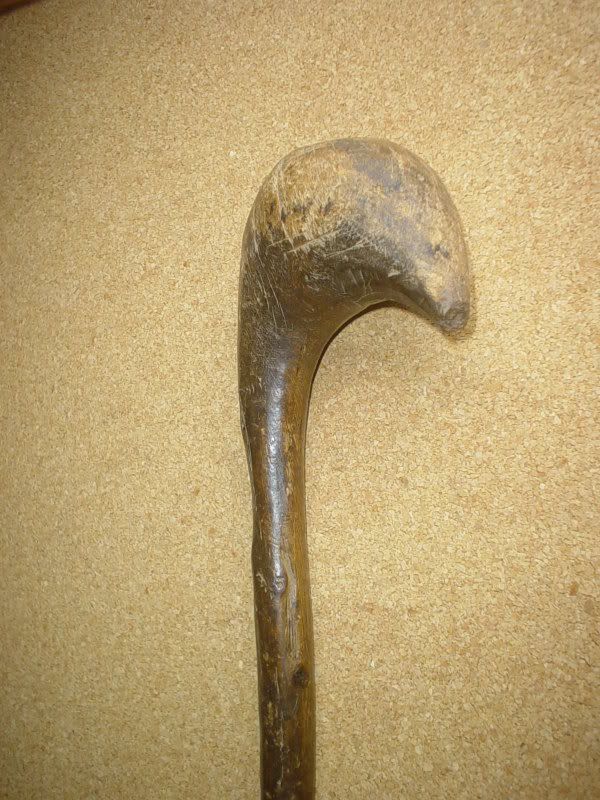
|
|
|

|
|
|
#2 |
|
Member
Join Date: Dec 2004
Location: Sint-Amandsberg (near Ghent, Belgium)
Posts: 830
|
And here's a not so obvious African club.
This piece also comes from the Lobi in Burkina Faso. Men use these pieces as small stools when they go out. It's quite heavy (over 1 kg) and they very conveniently added a handle to this stool....so they can use them as a club when they get into to a fight. Some have a head or figure carved on one end, other are just plain tripods. Length : 42 cm. Height : 20 cm 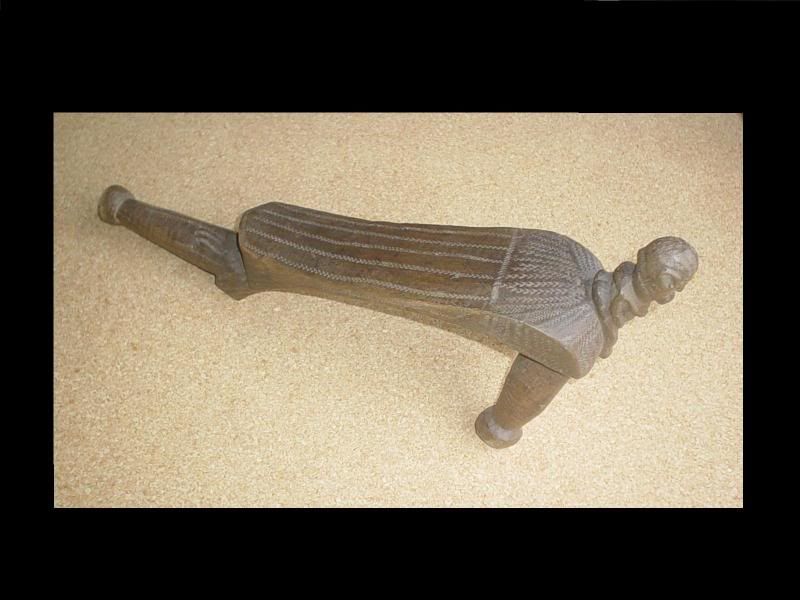 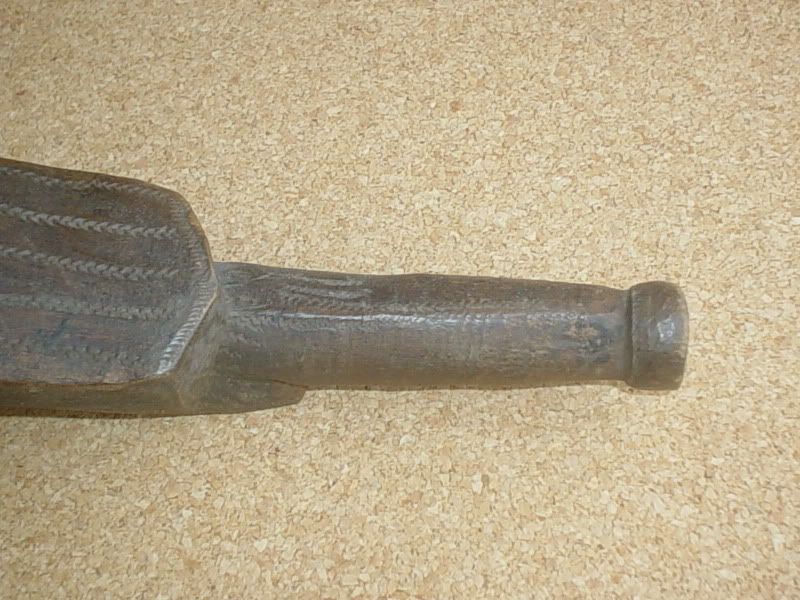
|
|
|

|
|
|
#3 |
|
(deceased)
Join Date: Dec 2004
Location: East Coast USA
Posts: 3,191
|
Freddy very nice clubs
 I agree the second seems Lobi to me also. Here is a similar one to the Swazi/Zulu one you have. Those facets really increase the damage potential during a strike. I agree the second seems Lobi to me also. Here is a similar one to the Swazi/Zulu one you have. Those facets really increase the damage potential during a strike.Lew |
|
|

|
 |
|
|